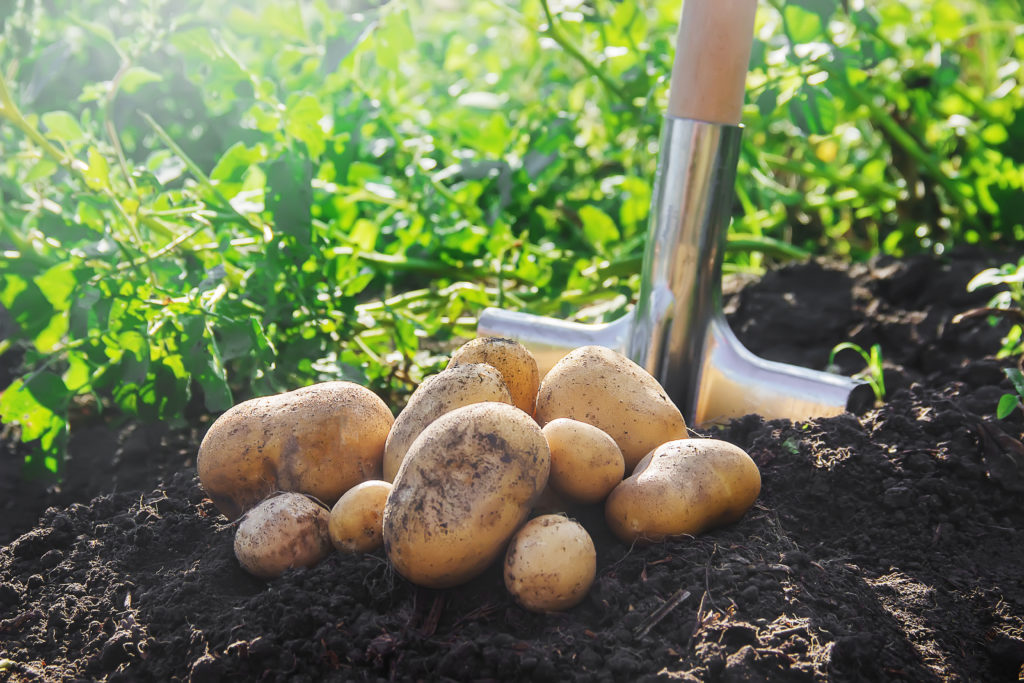
Survey says: Top grower concerns and chemistries to combat them
{Sponsored} In a recent survey of potato growers completed by Spudman, disease control concerns were highlighted. Growers reported struggling with increased fungicide resistance issues with many common chemistries used to fight problematic diseases. Of those surveyed, 43% reported growing resistance to be their biggest challenge in controlling common potato diseases.
Some of the top concerns growers reported included potato virus Y (PVY), late blight, dickeya, early blight, common scab, pink rot and white mold. Newer chemistries on the market are being released from different FRAC groups, designed to work with different modes of action and combat resistance when used in rotation with traditional chemistries.
For common scab and viruses that affect potatoes, growers must rely on cultural practices to prevent and slow the spread of these diseases due to a lack of chemical treatment options on the market. This includes aphid control and “Clean seed, variety selection, and longer crop rotations where possible and feasible,” said Curtis Rainbolt, technical services representative with BASF Corporation.
It’s important now more than ever that growers are combating these tricky diseases with chemistries from multiple FRAC groups in rotation for the best levels of prevention and control. It will help prevent resistance management issues and preserve chemistries for use later in the season as well as in future growing seasons.
The big problem with early blight is that many chemistries on the market that treat it are from FRAC group 7. “We are already seeing a decline in early blight control with some group 7 fungicides,” Rainbolt said. BASF’s latest innovation for early blight, Provysol® fungicide, is from FRAC group 3, so this product gives growers a fungicide with a different mode of action to rely on if encountering resistance issues with early blight.
To prevent and control diseases like early blight and white mold, Ken Deibert, (BASF technical service representative for ND/MN) recommends growers apply a rotation of Provysol® fungicide and Endura® fungicide prior to and at row closure. “(Apply Provysol® fungicide and Endura® fungicide) to prevent early blight and white mold infections rather than waiting until later in the season,” Deibert said. “We consistently see the best disease control and yields when the most effective fungicides are used early in the season,” Deibert continued.
With PVY, the other option is to control aphids to prevent infection in the first place. Sefina® Inscalis® insecticide from BASF is an option growers have to stop PVY before it starts.
Growers also need to keep in contact with university Extension personnel to understand their region’s issues, especially for diseases that have a higher risk of community spread. Extension Agents will be able to identify exactly which disease growers are dealing with to be sure that the correct chemistries are applied. This is another way to combat resistance management: growers need to apply only the appropriate chemistry to treat the disease that is predicted to occur or is actually present. If a chemistry is applied unnecessarily or overused, growers may not be able to rely on that chemistry later if and when that disease does present itself.
For more information about the chemistries BASF offers for potato growers, visit https://agriculture.basf.us/crop-protection/products/provysol.html
Always read and follow label directions. Sefina® Inscalis® insecticide, Provysol® fungicide, and Endura® fungicide are registered trademarks of BASF.
© 2020 BASF Corporation. All Rights Reserved.







